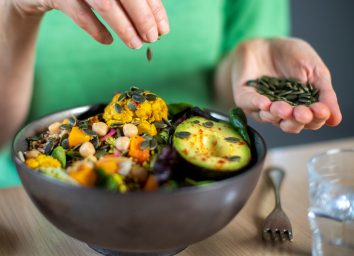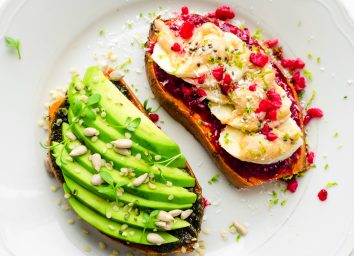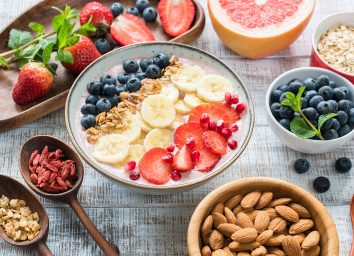The Best Carbs Eaten by the Longest Living People In The World
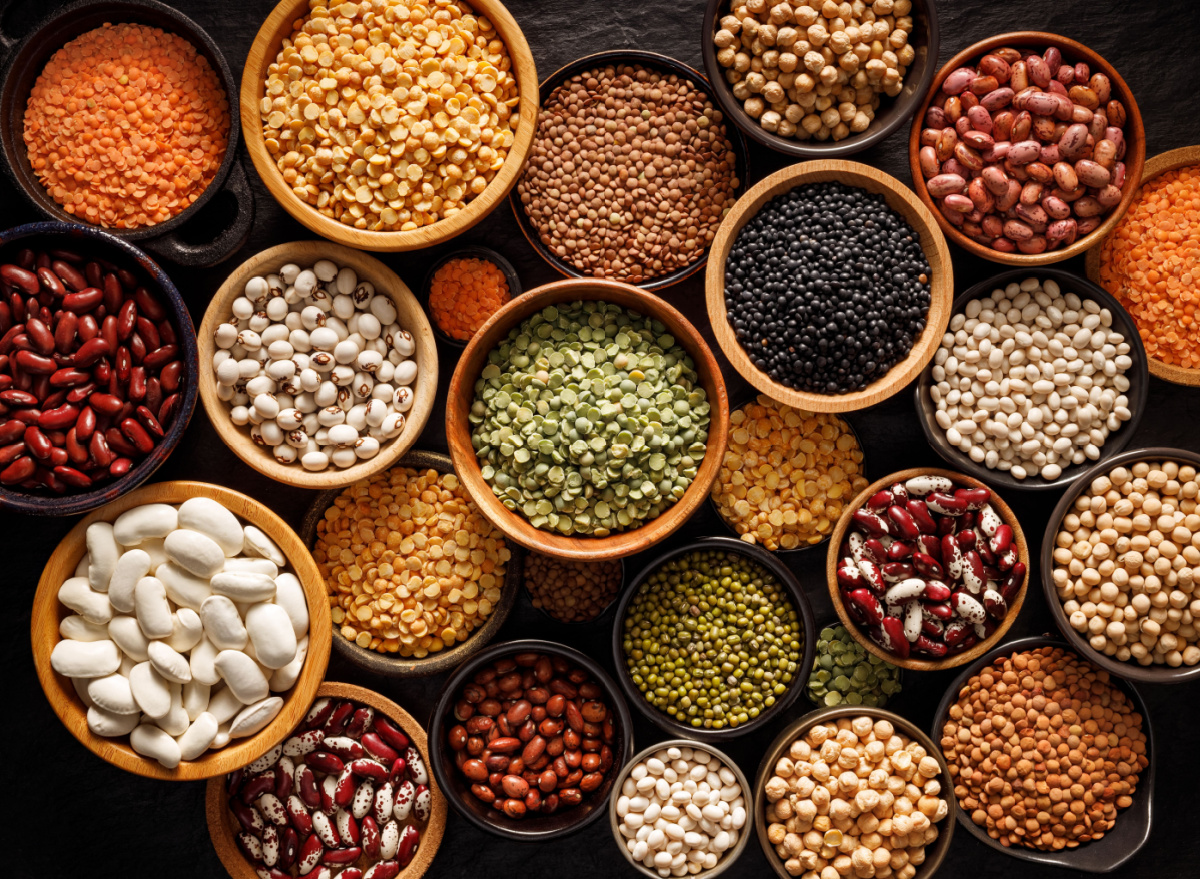
Carbs get a bad rap in today's world, thanks to trendy diets like keto, paleo, and Atkins—but the truth is, these macronutrients deserve some serious gratitude. After all, they're your body's primary fuel source: the glucose (sugar) they're broken down into is eventually converted into energy your brain and muscles need to function.
Still, not all carbs are created equal when it comes to nourishing your body. The best carbs you can choose are those eaten by the longest living people in the world—residents of the "Blue Zones." The Blue Zones are regions in the world where people have a much longer average life span, including Ikaria (Greece), Sardinia (Italy), Okinawa (Japan), and the Nicoya Peninsula (Costa Rica). According to Dana Ellis Hunnes, RD, senior dietitian at UCLA medical center, author of Recipe For Survival, and assistant professor at UCLA Fielding School of Public Health, residents of these regions tend to eat carbs in whole, unprocessed forms.
"Carbs do not have to be completely eliminated from your diet to lose weight or improve overall health," says Janet Coleman, RD at The Consumer Mag. "The key is to focus on the quality of carbs you are eating and make sure they are higher in fiber and nutrients and lower in added sugar. Fiber from whole grains takes longer to digest so you feel full longer. Refined carbs are digested quickly so you feel hungry sooner rather than later after eating them."
Below, experts share some Blue Zone top picks—the best carbs you can incorporate into your diet if you want to live a long, healthy life. Then, for more healthy tips, here's The #1 Best Juice to Drink Every Day, Says Science.
Sweet potatoes
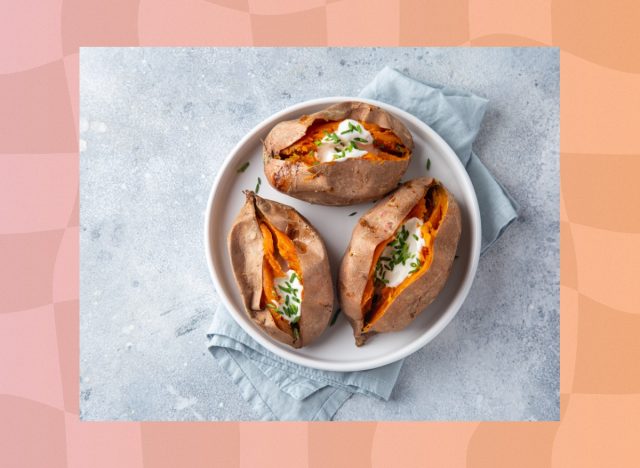
According to Coleman, sweet potatoes are a super popular food on the Japanese island of Okinawa. Because they are higher in fiber and lower on the glycemic index than white potatoes, they're less likely to spike your blood sugar and more likely to keep you satiated.
Sweet potatoes are chock full of beta carotene—a natural pigment that your body converts to vitamin A. Not only does vitamin A support healthy vision, but it can also act as an antioxidant, protecting your cells from the free radical damage that's linked to cancer. Plus, vitamin A plays a crucial role in bolstering your immune system.
Fava beans
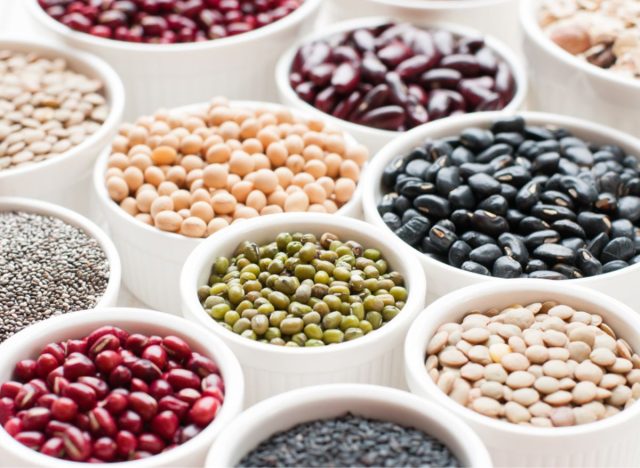
Beans are a staple in Blue Zone kitchens, says Bess Berger, RDN, owner Nutrition by Bess, in part because they're an affordable food packed with high-quality plant-based protein. People in these regions who live the longest eat one full cup of beans daily. A study published in the Southeast Asian Journal of Tropical Medicine and Public Health found subjects' risk of mortality was decreased by 7% to 8% for every 20 grams of legumes they ate.
On Sardinia—an Italian island in the Mediterranean Sea with ten times more centenarians per capita than the U.S.—fava beans are a popular pick.
In fact, the traditional recipe for Sardinia's famous longevity-boosting minestrone includes these large, mild-tasting green beans. That makes sense when you consider that fava beans are high in cholesterol-lowering soluble fiber, as well as numerous essential nutrients like folate, manganese, copper, phosphorus, and magnesium. Best of all, studies have shown that fava beans contain special compounds that enhance a particular antioxidant called glutathione, which may help slow cellular aging.
Wheat bran
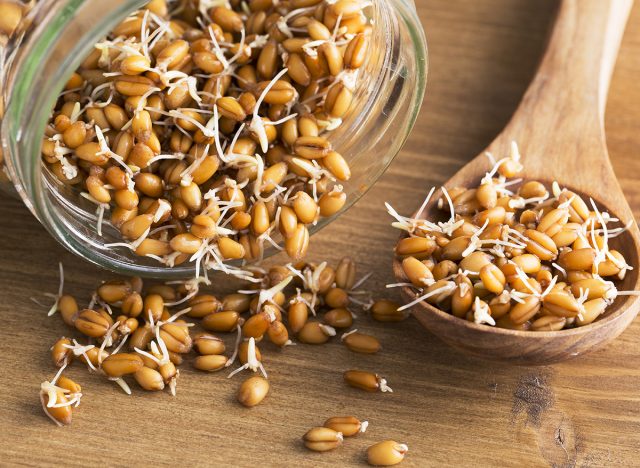
"Whole grains rich in naturally occurring fibers show promising associations with potential reductions in ovarian cancer and breast cancer risk by potentially binding to estrogens in the GI tract, increasing their excretion and lowering blood levels," says Rachel Fine, RD and owner of To The Pointe Nutrition. "Specifically, wheat bran is thought to accelerate the metabolism of estrogen that is a known promoter of breast cancer. Whole grains also contain lignans, which are phytonutrients that act as weak hormone-like substances and actively protect cells from hormone disruptors."
In Greece, wheat bran is used to make everything from pizza dough to cookies, and in Sardinia, wheat bran is a key ingredient for pane carasau, a crisp, paper-thin, traditional flatbread served with a range of dishes. But wheat bran can be sprinkled into everything from cereal and oats to yogurt, casseroles, and smoothies.
Wheat bran is made up of 45% dietary fiber, and a whopping 95% of that is insoluble fiber—which has prebiotic properties, supporting digestive health by promoting beneficial bacteria in the gut. Wheat bran is also very high in phenolic acids, compounds that act as antioxidants.
Lentils
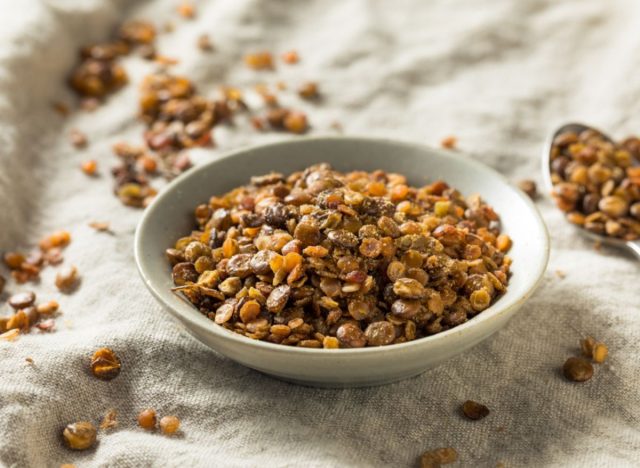
"Legumes are great because they are filled with soluble and insoluble fiber which is good for the heart health, they are all protein-rich, and filled with vitamins and minerals for metabolism," says Hunnes. "They are also good for the intestinal system because of their fiber which feeds healthy bacteria."
Lentils, specifically, are a key component of many Blue Zone diets, including Okinawa, Sardinia, and Ikaria—where they're often integrated into soups.
It makes sense, too, when you consider that they're an excellent source of lean protein, fiber, iron, and B vitamins, among other important nutrients. Lentils also boast a wide variety of phytochemicals that can reduce your risk of many life-shortening chronic diseases like type 2 diabetes and heart disease.
Barley
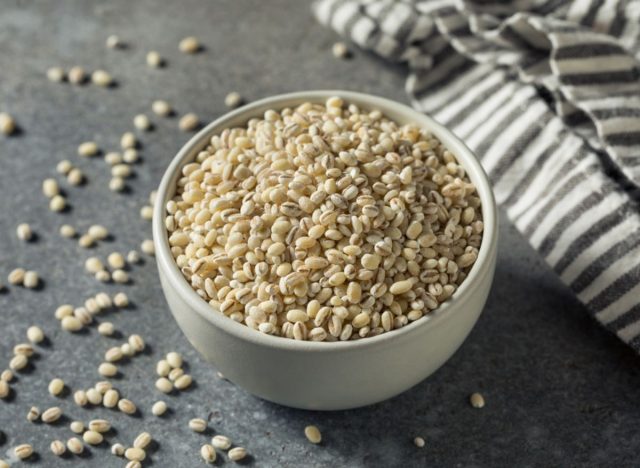
Here in the U.S., barley may not be nearly as popular a grain like rice, oatmeal, or even quinoa, but Berger says it's eaten on the regular in Blue Zones like Sardinia and Ikaria.
Barley contains a group of antioxidants called lignans that have been linked to a reduced risk of heart disease and cancer. Additionally, studies have shown that barley can lower cholesterol as well as blood pressure.
Barley happens to be super versatile, too: it can be added to hearty stews, used as a base for a vegetable pilaf, or even made into a hot breakfast porridge.

